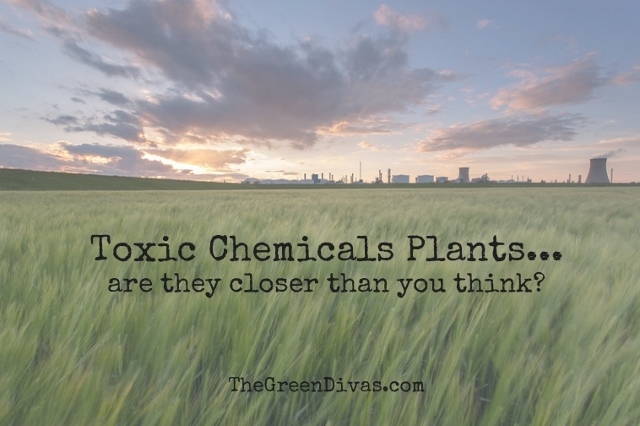Written by Laurene Williams for Honey Colony
Hazardous and toxic chemical plants span the country from coast to coast—and occasionally explode without warning.
Last April, a fertilizer plant exploded in West, Texas, decimating schools, homes, and an eldercare facility, killing 15 people and injuring 200. Is there a toxic chemical plant near you?
Given all the appreciation for Google Maps, GPS, MapQuest, geo locators, tracking devices, and mobile apps, we should be able to clearly map out what hazardous chemical is where and how close each is to becoming the next industrial catastrophe.
But it’s not that simple. The labeling (or disclosure) of which chemicals at your local manufacturing plant are potentially harmful or inflammable is, in itself, less than transparent. Although the Environmental Protection Agency makes an effort to monitor the nation’s 12,000, it remains ineffective at predicting an explosion. In fact, the agency has a hard time making an educated guess about the likelihood of a devastating explosion.
So, while it does monitor facilities that rank as potentially hazardous due to any number of the 140 line items toxic and inflammable chemicals on its watch list, the EPA remains almost entirely ineffectual. Factors the agency simply can’t account for include hazardous chemicals that are not on its list, such as ammonium nitrate—the chemical suspected of being responsible for last year’s explosion at the West Fertilizer Co. in West, Texas.
There is also the long-standing bureaucratic dilemma of disparate agencies, such as the Department of Homeland Security and the Environmental Protection Agency, not always exchanging data in a timely manner—if, in fact, they exchange data at all.
Since chemicals have become seemingly indispensable to modern life, the obvious solution to this problem is we must improve our understanding of what chemicals are around us. But, even more importantly, government agencies need rigorous oversight—through checks and balances or watchdog groups – and industrial plants need enforceable restrictions.
According to Mother Jones:
[In the case of] a lot of facilities, even though they haven’t had any accidents… doesn’t mean they aren’t capable of [having one], [or] that the damage can’t be similar to what we’ve seen in West, Texas,” explains Sofia Plagakis, a policy analyst with the Center for Effective Government’s environmental right-to-know program.
It only takes one accident.
~ John Deans, a former toxics campaigner at Greenpeace.
Below is one product of the EPA’s efforts to keep us informed. This interactive map shows that 9,000 of the 12,000 tracked facilities pose a “worst-case scenario” threat. These potentially hazardous facilities, if compromised, could impact 10,000 to 1 million people.
By hovering over a point, you can determine the exact location of the plant, the chemicals it stores, and the number of documented accidents it’s had the last five-year reporting period.
Check your location.
While it may be especially challenging to influence or change the reality of having an industrial plant in your backyard, you can immediately lower your own toxic chemicals burden by eating organic foods and by using health and skincare products that contain non-toxic ingredients.
Bonus:
Learn more about the toxic chemicals we encounter every day by watching Filmmaker and Green Dude Ed Brown’s film Unacceptable Levels or listen to his Green Divas Radio Show Green Dude segment here:

